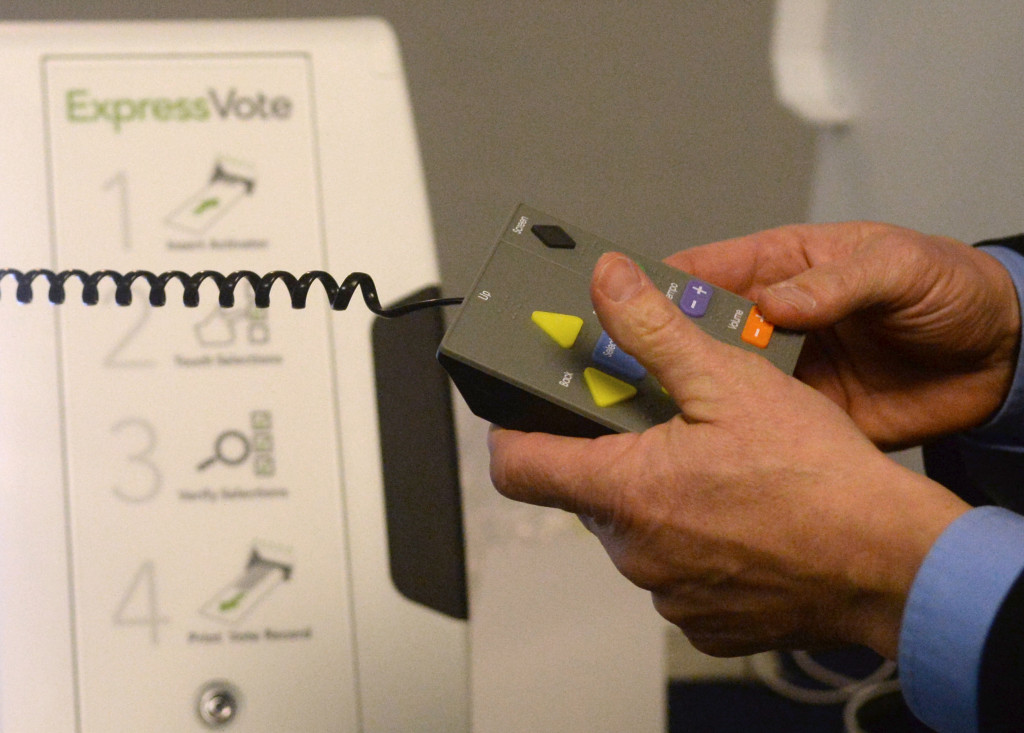In the early part of 2022, investors were introduced to something they barely recalled from the early days of COVID: scary stock market losses. The proximate cause of the selloff was concern that the Federal Reserve is on a path of rate increases that at best, could make investing in the stock

market somewhat less compelling, and at worst, could trigger a recession.
Seemingly overnight, hot stocks, like tech companies with no earnings, and risky bets like crypto or meme stocks, seemed to fall out of favor. It wasn’t exactly sudden, because as early as the first week of the year, some of the highest flyers had already started to lose altitude. Through the third week of January, more than half of Nasdaq Composite stocks were down 40% or more. Some of those stocks were companies that benefited from the COVID stay-at-home-era, like Zoom and Peloton, which saw brisk selling.
Additionally, the much-adored Meme stocks, like AMC and GameStop, caused the most faithful to lick their wounds as they absorbed 60% losses from a year ago as of this writing. And crypto adherents who adopted the mantra “HODL,” originally a misspelling of “hold,” learned what if felt like to “Hold On for Dear Life” — the major currencies Bitcoin and Ether shaved off about 40% of their values since November recently and reached their lowest point in the past six months and the more esoteric (Dogecoin, anyone?), fared even worse.
None of this should be surprising to anyone who watched the meteoric rise of these assets, but even if you don’t own them and stick to the plain vanilla stuff, you should be rooting for a correction (defined as a drop of 10% from the recent high — and maybe even a bear market (a more than 20% decline). I know it may be hard to do but taking a little air out of some of the stock market is a healthy development for long-term investors.
As a reminder, periodic pullbacks are normal for markets. I’m not talking about the scary five-week cliff-dive that occurred in February-March 2020, which wiped out a third of the value of the S & P 500. That event was more like watching a hurricane blow across the area: you know that the damage is going to be terrible, but it will pass. I am talking about the periodic drops that help reset valuations to reasonable levels. Enduring market corrections is the price of admission for being an investor. The challenge will be if the current correction turns into something more dramatic, like a sustained bear market.
Here’s a thought experiment: How would you weather a more extreme outcome, like a bear market? Maybe you feel a little overconfident after amazing years for stocks. In 2021, the broad S & P 500 index was up almost 27%, and that was after a 16% and 29% rise in 2020 and 2019. The three-year period was the best performance since 1997-1999. We know what happened after that period — the dot-com boom went bust and it took a decade for the NASDAQ to recover.
I am not suggesting that you should bail out and run for cover, though if you want that argument, read investment firm GMO co-founder Jeremy Grantham’s recent article, which posits that we are in a series of asset bubbles that could pop and cause a lot of damage. My advice is simple: all investors need to have an overall financial game plan, they need to stick to that plan, and always understand where the risk in their portfolio lies. As Grantham notes, “in a bubble, no one wants to hear the bear case. It is the worst kind of party-pooping,” but I have been a party pooper for decades and I’m comfortable in the role.
Jill Schlesinger, CFP, is a CBS News business analyst. A former options trader and CIO of an investment advisory firm, she welcomes comments and questions at askjill@jillonmoney.com. Check her website at www.jillonmoney.com.










